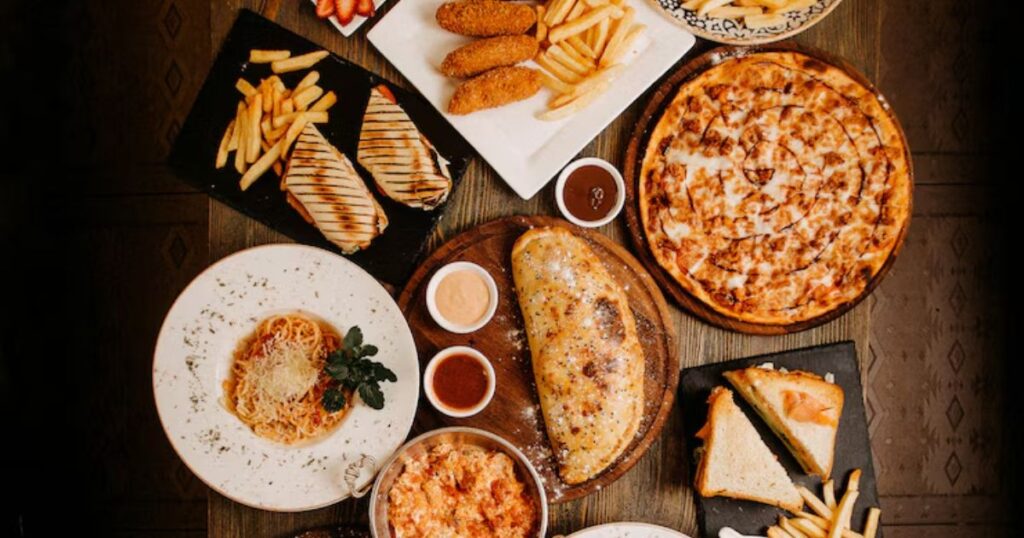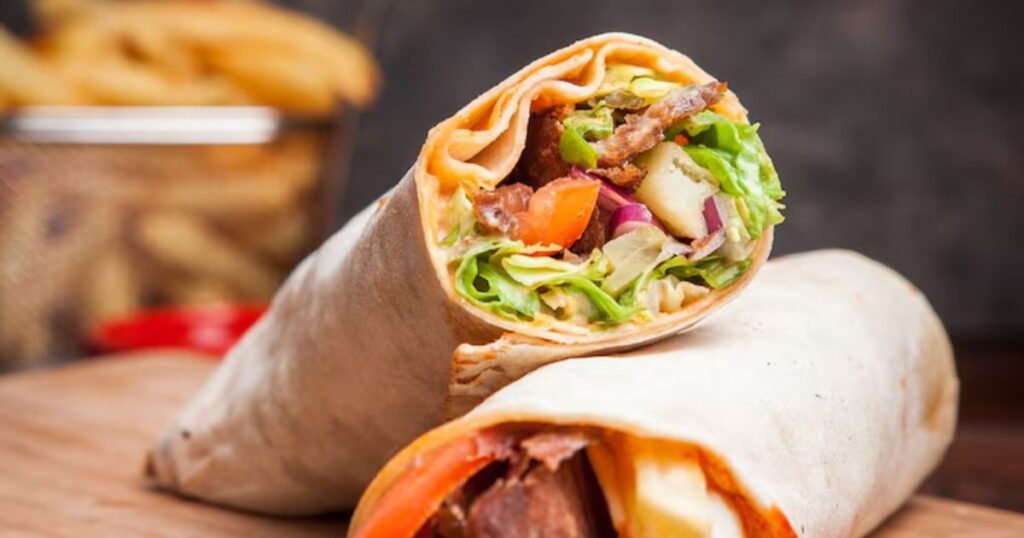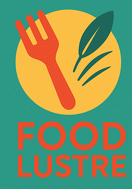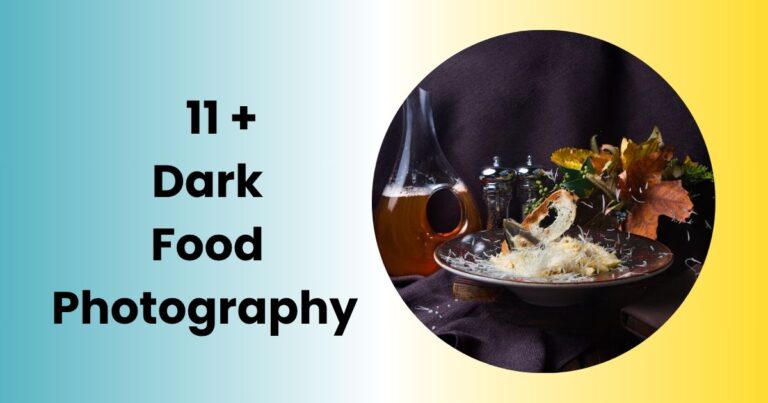5 Easy Tips For Colorful Food Photography In 2025
Colorful food photography can increase engagement on social media posts by up to 94%. In a world where visual appeal reigns supreme, mastering the art of colorful food photography is essential for anyone looking to elevate their culinary creations.
This article will delve into techniques and tips that will not only enhance your photography skills but also help your dishes stand out in a crowded digital landscape.
Colorful Food Photography
In colorful food photography, every plate becomes a living canvas where flavors are painted with light, texture, and bold hues. A simple berry tart transforms into a story of summer, while a vibrant salad becomes a symphony of greens, purples, and golds.
It is not about capturing food, it is about bottling the emotion behind it, the warmth of a home-cooked meal, the thrill of exotic spices, the joy of shared tables. With every click, colorful food photography invites viewers to not just see the dish, but to feel it fresh, alive, and unforgettable.
Use 1-2 Color Pops for Food Photography
Incorporating 1-2 color pops can transform an otherwise bland dish into a visual feast when composing food photos. Think of bright colors as the heroes of your frame whether it’s a vibrant berry topping on a creamy porridge or the deep purple of figs contrasting against succulent meats.

These elements not only draw the eye but also enhance the overall texture and appeal of the food. The key is to strike a balance; too many colors can overwhelm the viewer and distract from the hero subject.
To create striking compositions, use colorful props like pinch bowls or colored glasses that complement but don’t overshadow your dish. A bright green herb garnish sprinkled over roasted broccoli or carrots can add depth and interest without competing for attention.
Small plates in vivid shades can serve as an effective backdrop, making the food stand out even more. You elevate your photography, ensuring that every bite looks as delicious as it tastes by carefully selecting these pops of color
To Master Food Photography, Desaturate Colors in Post-Production
In the world of food photography, mastering the art of color can transform an ordinary shot into a visual feast. One effective technique to reduce color overwhelm is to desaturate individual colors during post-production.

Utilizing tools like the HSL color panel in Lightroom allows you to fine-tune the vibrancy of specific hues, ensuring that your stone fruit pops against a thoughtfully chosen reddish pink background.
This selective approach not only elevates your subject but also creates a harmonious balance that invites viewers to savor the scene. Experimenting with saturation levels opens up a world of creative possibilities.
You can guide the viewer’s eye to focal points within the frame, drawing attention to textures and details that might otherwise go unnoticed by desaturating certain tones while enhancing others.
This nuanced control over color adjustments is a hallmark of advanced food photography techniques covered in courses like PHOOD, where aspiring photographers learn to transform their SOOC (straight out of camera) images into captivating works of art. Embracing these strategies not only refines your style but also fosters a deeper appreciation for the subtleties of color in culinary visuals.
Consider the Color Wheel
The color wheel is an invaluable tool for anyone venturing into the realm of food photography. You can create striking images that not only capture attention but also evoke emotions by understanding color theory.

Consider how complementary color pairings such as vibrant greens against deep reds can enhance the visual appeal of your dish. Aim for colors that either contrast or harmonize with the food to create a dynamic composition when selecting props and backgrounds.
Using an analogous color scheme, where colors are adjacent on the wheel, can provide a soothing effect, perfect for showcasing fresh ingredients in a serene setting. Incorporating garnishes that reflect the colors found on the wheel can elevate your photographs from ordinary to extraordinary.
When you embrace the possibilities of the color wheel in your food photography, you not only enrich the story behind each plate but also engage your audience in a sensory experience that transcends taste.
Adjust White Balance as an Alternative to Achieve Lively Colors
Adjusting white balance can transform an ordinary image into a vibrant storytelling piece, allowing photographers to convey mood and emotion through color. One can bring out warm colors that evoke comfort or cool colors that inspire tranquility by creatively manipulating the temperature settings.
This technique is not a tool for correcting color; it’s an artistic choice that shapes the narrative of your images. A slight shift towards warmer tones can make a food photograph pop with freshness and appeal, while cooler tones might lend a sense of sophistication and calmness.
In post-production, exploring custom white balance settings can lead to striking image comparisons that highlight the differences in viewer perception. There’s no right or wrong approach here, it’s about finding the perfect color balance that aligns with your creative vision.
Experimenting with different white balance settings not only enhances the vibrancy of your images but also helps establish a unique style that resonates with your audience.
Consider contrast to enhance color
In food photography, the strategic use of contrast can transform a simple dish into a visual masterpiece. You create an eye-catching dynamic that draws the viewer in by juxtaposing saturated colors against muted backgrounds.
Consider high key images where a bright light source floods the scene; this can be enhanced by incorporating darker elements or shadows, creating depth and intrigue. This interplay not only makes the colors pop but also allows the textures of the food to stand out, enticing viewers to engage with the image on a deeper level.
Using tools like foam cards can help manipulate light and shadow during your shoot, providing a creative alternative to heavy post-production adjustments. In post production, leveraging the dehaze tool can further increase contrast, sharpening details and intensifying colors without losing the integrity of the original image.
Techniques such as these allow photographers to maintain a natural look while still achieving that vibrant, mouth-watering aesthetic that food lovers crave. Embracing contrast is essential for any food photographer looking to elevate their work and captivate their audience.
Also Read: Best-Ever Pumpkin Pancakes With Pancake Mix
Conclusion
Colorful food photography not only enhances the visual appeal of dishes but also plays a significant role in storytelling and evoking emotions. The vibrant hues can stimulate appetites and create a sense of joy, making each meal more enticing.
Photographers can elevate their culinary images to new heights by understanding the principles of color theory and composition. Embracing diverse ingredients and innovative plating techniques further adds to the allure of food photography.







